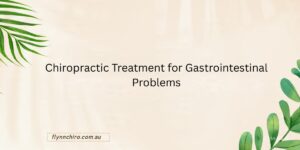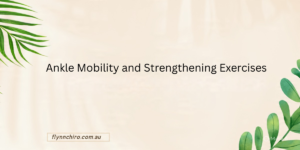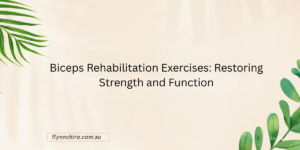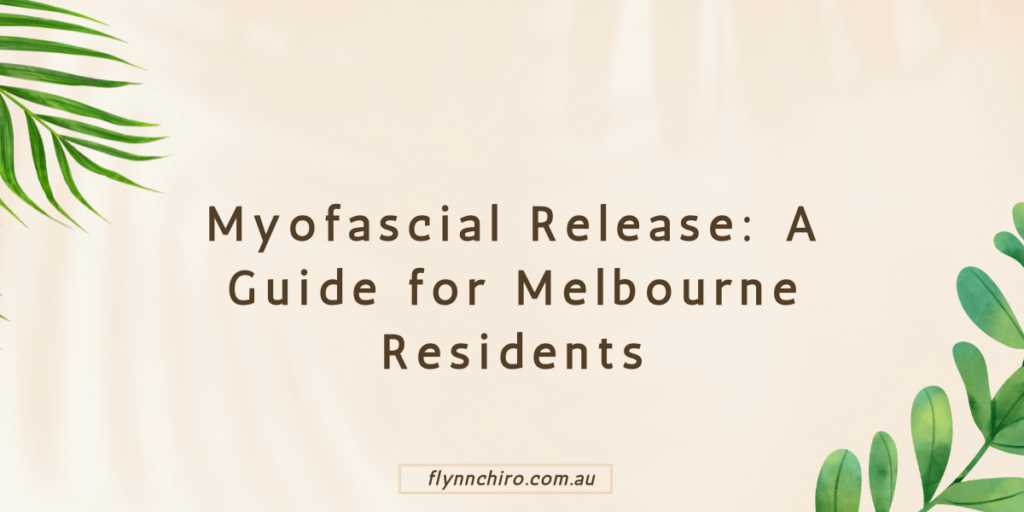
A Guide to Myofascial Release for Melbourne Residents
Have you ever felt tightness or discomfort in your muscles that just won’t go away, no matter how much you stretch? Or perhaps you’ve experienced areas of tension that seem to pull on other parts of your body? These are often signs of myofascial restrictions—tension within the fascia, a web-like connective tissue that surrounds and supports your muscles, bones, and organs.
As a chiropractor, I often incorporate a technique called myofascial release into my treatments. It’s a hands-on therapy designed to release these restrictions, relieve pain, and restore mobility. Whether you’re struggling with chronic pain, recovering from an injury, or simply looking to improve your musculoskeletal health, myofascial release can be a game-changer.
In this article, I’ll explain what myofascial release is, the science behind it, its uses, and the benefits it offers. I’ll also share why chiropractors like me use this technique and how it can help you live a more active, pain-free life.
What Is Myofascial Release?
Myofascial release is a therapeutic technique focused on the fascia—the connective tissue that holds your body together. While fascia is incredibly strong, it’s also flexible, allowing your muscles and joints to move freely. However, when fascia becomes tight, scarred, or stuck, it can cause pain, stiffness, and reduced range of motion.
This technique involves applying gentle, sustained pressure to specific areas of tension in the fascia. The goal is to stretch and release these tight spots, restoring normal movement and relieving discomfort. Unlike a simple massage, myofascial release works deeply, addressing the underlying tissue restrictions rather than just the surface-level muscles.
The Science Behind Myofascial Release
The effectiveness of myofascial release lies in the unique properties of fascia. This connective tissue is made of collagen and elastin fibres, along with a gel-like substance that allows it to glide smoothly. However, factors like stress, injury, poor posture, or overuse can cause the fascia to lose its flexibility. When this happens, it forms adhesions or “knots,” which can pull on surrounding muscles and joints.
Scientific studies show that releasing these adhesions improves blood flow, reduces inflammation, and stimulates the nervous system to relax. This combination helps reduce pain, restore mobility, and improve overall musculoskeletal function.
What Is Myofascial Release Used For?
Myofascial release can be used to treat a wide range of conditions, including:
- Chronic pain: It’s especially effective for persistent back, neck, or shoulder pain.
- Post-injury recovery: It helps break down scar tissue and improve mobility.
- Muscle tension: Ideal for tight areas that don’t respond to traditional stretching or massage.
- Postural issues: It addresses restrictions that contribute to poor alignment.
- Sports recovery: It helps athletes relieve soreness and improve performance.
The Benefits of Myofascial Release
One of the main reasons I use myofascial release in my chiropractic care is its versatility and effectiveness. Here’s how it can benefit you:
- Pain relief: By targeting the root cause of tension, it provides longer-lasting relief than temporary fixes.
- Improved flexibility: Releasing fascia restores movement and reduces stiffness.
- Enhanced circulation: Better blood flow supports healing and reduces inflammation.
- Stress reduction: The process has a calming effect, helping to lower overall muscle tension.
- Injury prevention: By keeping your muscles and fascia healthy, it reduces the risk of future strains.
Why Chiropractors Use Myofascial Release
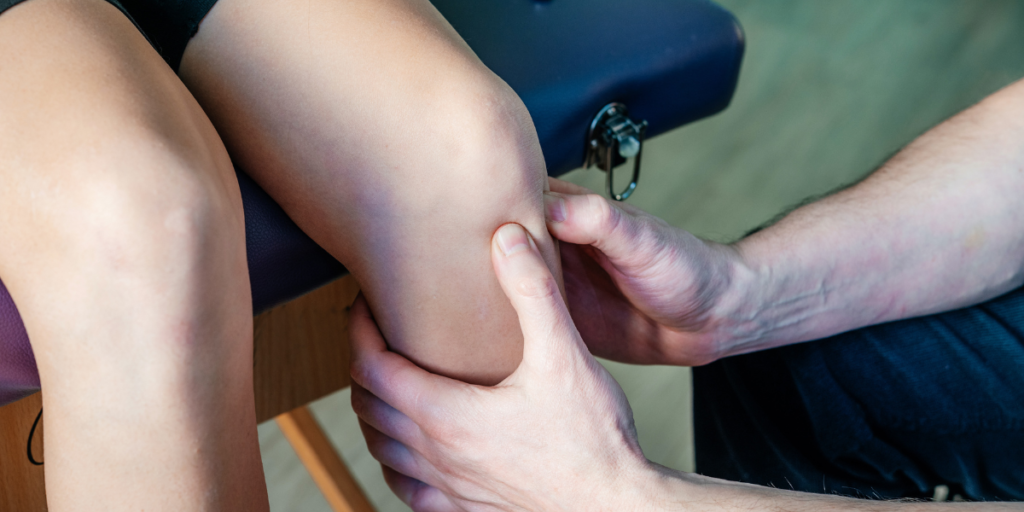
As a chiropractor, my focus is on the health of your entire musculoskeletal system. Myofascial release complements chiropractic adjustments beautifully because it addresses soft tissue restrictions that can interfere with your spinal alignment.
For example, tight fascia can pull your muscles and joints out of alignment, making adjustments less effective or temporary. By combining myofascial release with adjustments, I can help you achieve more lasting results. It also allows me to treat areas that might otherwise be too tight or painful to adjust directly.
How I Can Help You With Myofascial Release
If you’re dealing with chronic pain, tight muscles, or mobility issues, myofascial release may be the missing piece in your treatment plan. At my chiropractic clinic in Melbourne, I use this technique to address the underlying causes of discomfort, not just the symptoms.
When you visit my clinic, I’ll begin by assessing your posture, movement patterns, and areas of tension. Together, we’ll create a personalised treatment plan that combines myofascial release, adjustments, and other techniques to get you back to feeling your best.
The goal is simple: to help you live a pain-free, active life. With regular care and some guidance on exercises and posture, you can maintain these results long-term.
Start Your Journey to Better Health
Myofascial release is more than just a therapy; it’s a way to restore balance, improve function, and relieve pain in your body. Whether you’re recovering from an injury, managing chronic discomfort, or looking to prevent future problems, this technique can play a key role in your overall well-being.
If you’re in Melbourne and want to learn more about how myofascial release can help, I’d love to work with you. Together, we can find the best approach to support your musculoskeletal health and keep you moving pain-free. Let’s take the first step towards a healthier, happier you!
FAQs About Myofascial Release
1. Is myofascial release painful?
Myofascial release is generally not painful, but you may feel some discomfort when tight or restricted areas are being worked on. This discomfort is usually mild and temporary, and many people describe it as a “good pain” that brings relief once the tension is released.
2. How long does a myofascial release session take?
A session can vary depending on the area being treated, but typically it lasts between 30 to 60 minutes. In a chiropractic setting, it may be part of a larger treatment plan alongside adjustments and other therapies.
3. Can I do myofascial release at home?
Yes, you can perform certain myofascial release techniques at home using tools like foam rollers, massage balls, or even your hands. However, professional treatment is more effective for targeting deeper restrictions and ensuring proper technique.
4. How many sessions do I need to see results?
The number of sessions varies based on your condition and the severity of your myofascial restrictions. Some people notice improvement after just one session, while others may need several treatments for lasting results.
5. Is myofascial release safe for everyone?
While myofascial release is generally safe, it’s not recommended for people with certain conditions like open wounds, fractures, or severe osteoporosis. It’s always best to consult a healthcare professional, like a chiropractor, before starting any new therapy.
6. Can myofascial release help with migraines or headaches?
Yes, tightness in the fascia, particularly around the neck and shoulders, can contribute to tension headaches or migraines. Releasing these areas can reduce frequency and intensity.
7. How does myofascial release differ from massage?
While both aim to relieve tension, myofascial release focuses on the fascia, applying sustained pressure to specific areas, whereas traditional massage typically targets muscles with rhythmic strokes.
8. Can myofascial release improve posture?
Yes, by releasing tight fascia that pulls on your muscles and joints, myofascial release can help restore better alignment and improve posture over time.
9. Is myofascial release suitable for athletes?
Absolutely. Athletes often use myofascial release to prevent injuries, reduce muscle soreness, and improve performance by keeping their fascia healthy and flexible.
10. How does stress impact my fascia?
Chronic stress can cause your fascia to tighten, leading to tension and discomfort in your muscles and joints. Myofascial release can help by reducing this tension and promoting relaxation.

Flynn Pettersson
I am committed to providing exceptional chiropractic care in Melbourne, focused on your health and well-being.

Flynn Pettersson
I am committed to providing exceptional chiropractic care in Melbourne, focused on your health and well-being.


